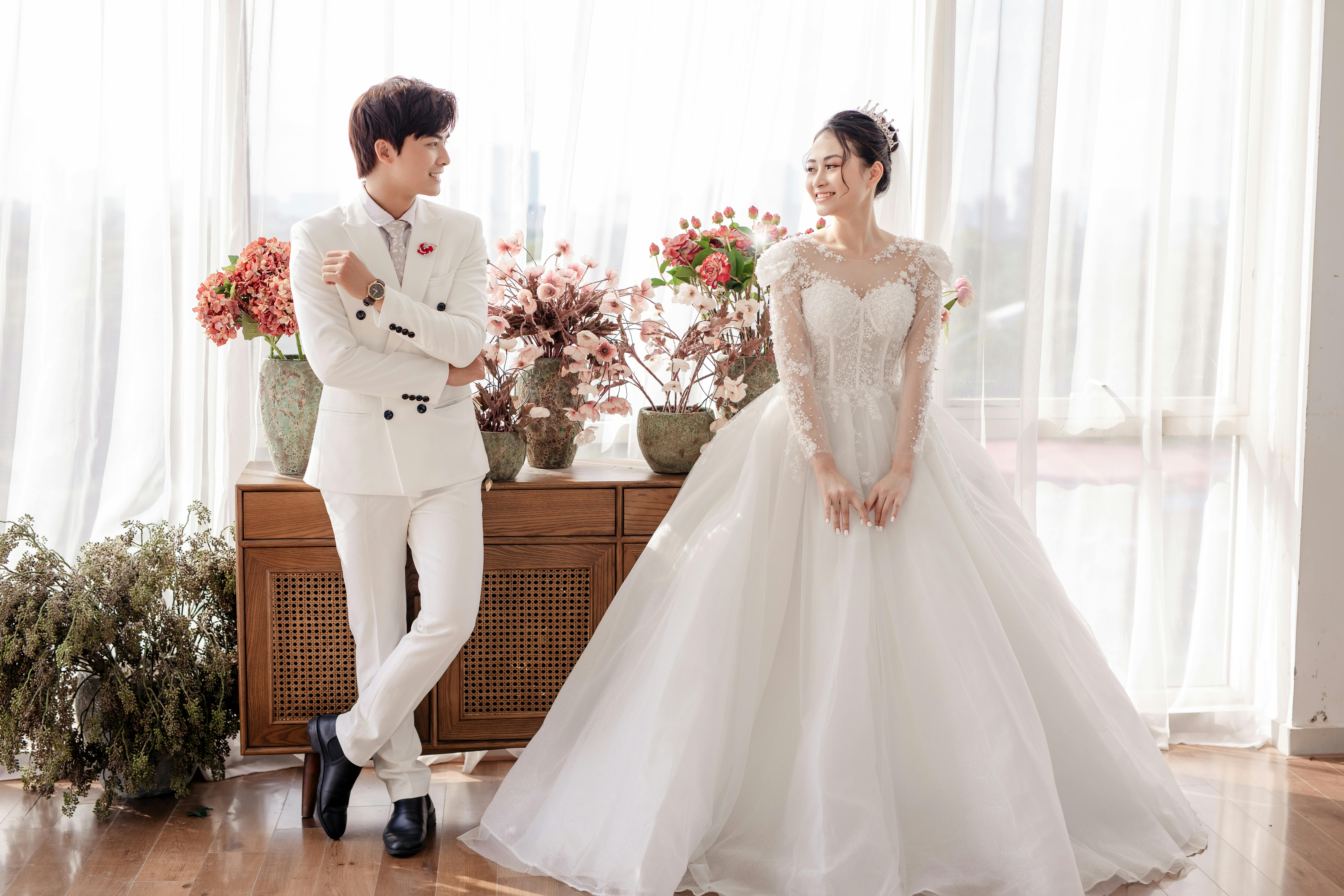
Emile Nolde – The German Expressionist Master of Darkness
Germany has had a rich legacy of passionate artists. From literary giants to paint wielders, they have shocked the world with their madness and utter conflict. Twentieth-century German watercolourist and printmaker Emile Nolde, born Emile Hansen to Danish and Frisian peasant parents on August 7, 1867, in the Danish village of Nolde, displayed this legacy of bittersweet conflict for the most part. This irony produced furious masterpieces from this pioneer of ‘expressionism’, even when he was a child.
He became a carver and illustrator between 1884 and 1891, frequently alternating between Munich, Berlin and Flensburg to earn a living. His early life was more of wandering in the wilderness, trying to find an expression for his talents and tastes. The autumn of 1891 was a turning point in his life, when he responded to an advertisement; he joined the Museum of Industrial Arts in New York as a professor. Although the work was not very significant in terms of his career, he was formally exposed to the richness of the artistic tradition in Europe, often wandering the continent to see artistic talents as diverse as Leonardo and Dürer.
Emile Nolde’s partial education, most of which he was self-taught, in art made him feel isolated and gravitated towards loneliness and depression. A milestone in his life was a series of his “postcards” showing the Swiss mountains as giants. These postcards were an instant hit with the masses, and at last Nolde had a popular audience. However, his subsequent experiments with ‘expressionism’ were rather disappointing. Emile named himself Nolde, after his town in 1902. During 1906-07, the artist was a member of the group of artists ‘Die Brücke (The Bridge)’.
“Young Couple (1913)”, “Portrait of a Girl (1913-14)”, “Blumengarten (Utenwarf) (1917)”, “Prophet (1921)”, “Portrait of a Young Woman and Child” and “Portrait of a Man (1926)”, are some of his famous paintings during the 1920s. Emile’s life was intertwined with the early rise of Nazi patriotism during the 1920s, as he moved into his Danish wing. Furthermore, at this time he found a real supporter in Goebbels who, like Nolde himself, believed that ‘expressionism’ was clearly ‘Aryan’. Emile Nolde, however, had problems with the Hitler regime, which rejected all ‘non-realistic’ art as degenerate. Consequently, Nolde fell from the government’s pedestal to the government’s pedestal. His paintings were torn down and he was forbidden to paint, even in private, after the year 1941. Ironically, this was his most creative period when the distinctive Emile Nolde created his signature genres of violent watercolors in the utmost secrecy and called them ” Unpainted pictures.” “After the war, he regained public consciousness and was honored with the German Order of Merit.
Whatever his political misadventures, whenever Emile Nolde was allowed to exhibit, he proved to be one of the world’s greatest artists and engravers. His black-and-white engraving of him, “The Prophet,” is the most famous woodcut created to date. His vibrant yellow-red watercolors were an ode to the new genre of watercolor ‘Expressionism’ and his etchings (nearly 250 of them) remain lessons in postmodern ‘Expressionist Art’. No less a virtuoso of oil paintings, he executed “Lesende junge frau”, “Blumengarten (ohne Figur)” and “Blumen und Wolken”, which are iconic works in their own right.
Until he died peacefully on April 13, 1956 in Seebull, Emile Nolde remained a lost soul. His pain, suffering and years of political and artistic strangulation made his works dark, bitter and full of anguish. Like Van Gogh, he remained an “outsider,” whose works never fail to highlight the fact that the more tragic an artist’s life, the better his art.